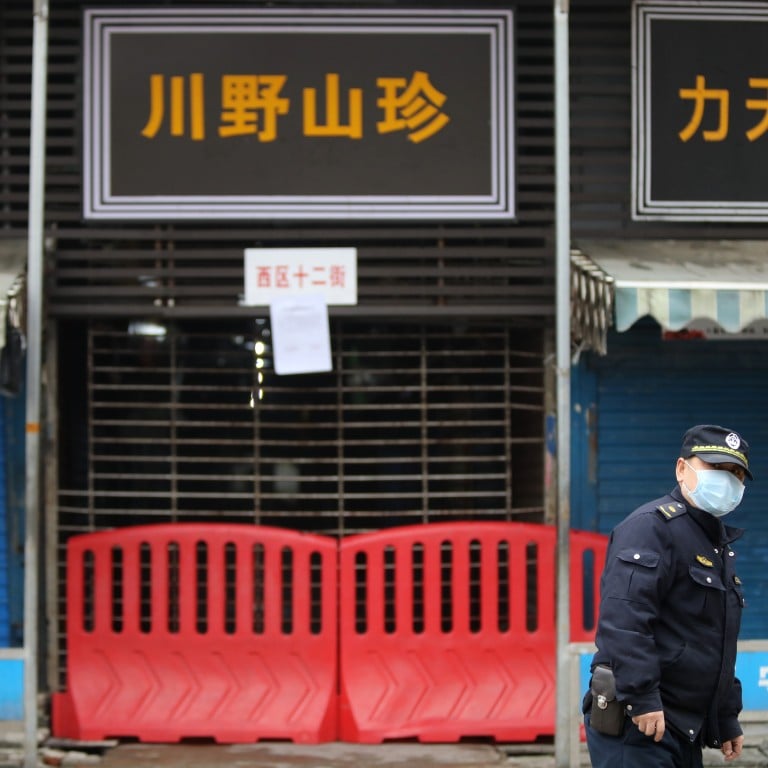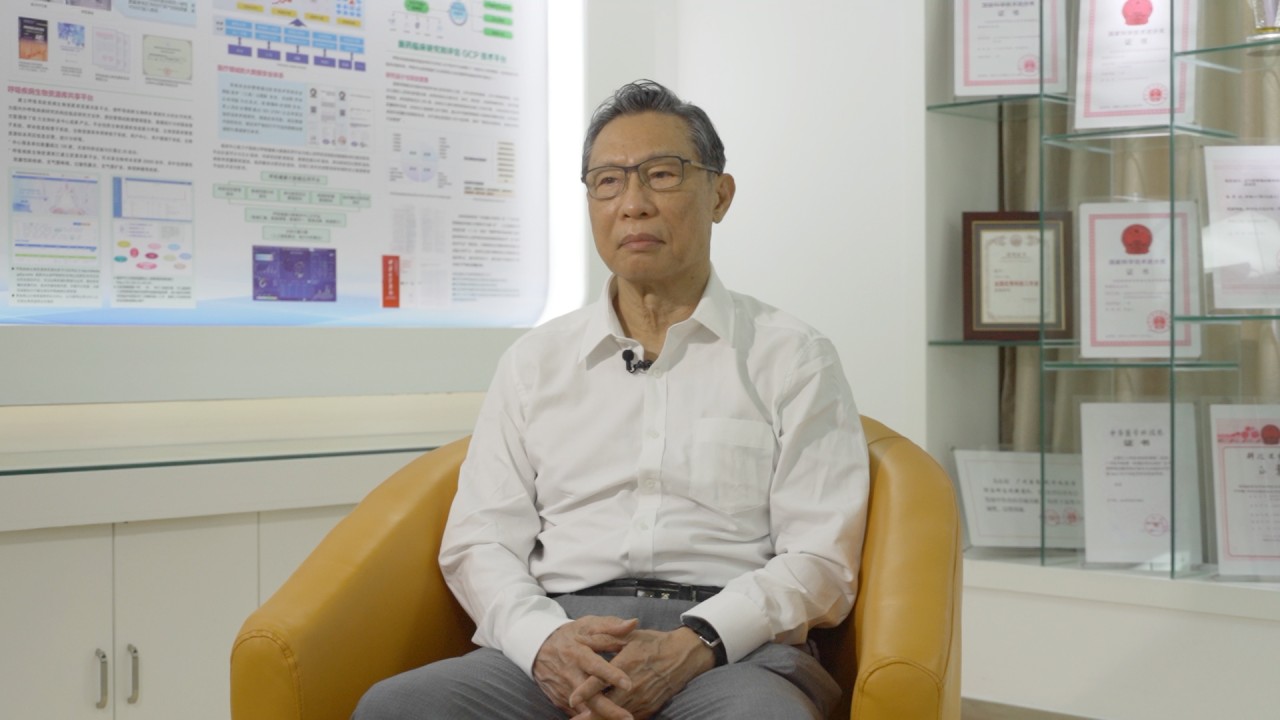
Scientists hope WHO China visit will throw light on early Covid-19 probes
- Questions remain for many international experts about initial Chinese investigations into origins of the new coronavirus
- World Health Organisation investigators to lay the groundwork for mission to trace animal roots of deadly pandemic
“When we say a team is going for the preparations to China it doesn’t mean that China has not been researching on this, it doesn’t mean that we will be starting from scratch,” WHO director general Tedros Adhanom Ghebreyesus said on Tuesday.
What’s at stake for the WHO on the latest coronavirus origin mission
“They haven’t said what animals were sampled or what kind of tests they did, were [the animals] tested on the throat or the skin or the nose or the blood, none of that has even been made available, and why not?” said Lucey, who has been a part of response teams to major disease outbreaks around the world, including severe acute respiratory syndrome (Sars) and Middle East respiratory syndrome (Mers) – both, like Covid-19, caused by coronaviruses.
But, if there were problems with data collection, then understanding them would also help the scientific investigation, according to veterinary epidemiologist Dirk Pfeiffer, a professor at Hong Kong’s City University.
“I would have expected a report published. With every outbreak, there is a report which tells you exactly what was done, what went wrong … and what was concluded in a transparent way,” Pfeiffer said. An in-person meeting between Chinese and international scientists could help facilitate communication about China’s past and ongoing research, beyond what has been published in international journals and online, he added.
Chinese foreign ministry spokesman Zhao Lijian on Tuesday said, “China and the WHO have been in close communication and cooperation on source tracing since Covid-19 broke out, and Chinese scientists have also been discussing this with scientists in other countries.”
“That’s a gold mine,” he said, noting that this kind of earlier information, if available, could help establish a human-animal link as the outbreak’s “patient zero” remains unknown.

04:09
Chinese respiratory disease expert on origins of Covid-19 and Wuhan virus lab conspiracy theories
Scientists also say more data is needed to refute another theory of the virus’s origins – generally dismissed by experts – that it was the result of a laboratory leak from Wuhan research facilities studying bat viruses.
“It is hoped that the WHO will work with China to facilitate the release of data and together they will be able to identify the reservoir for the virus and provide evidence for [its] natural emergence,” said virologist Jeremy Rossman, a senior lecturer at Britain’s University of Kent.
“Without data transparency it will be difficult to put these conspiracy theories on the origins of the virus to rest.”

